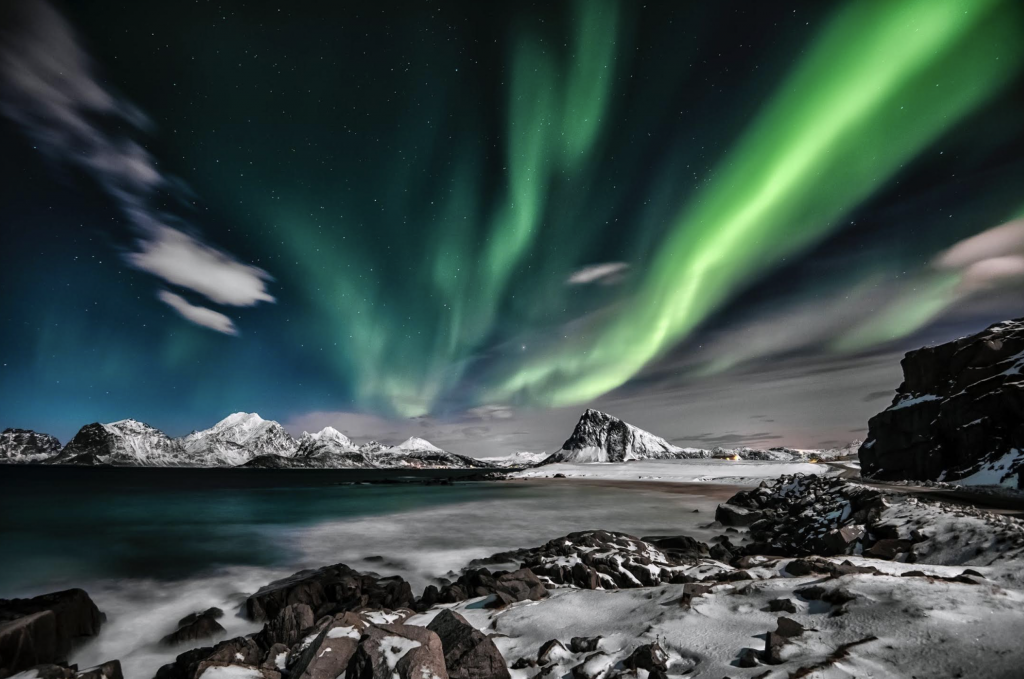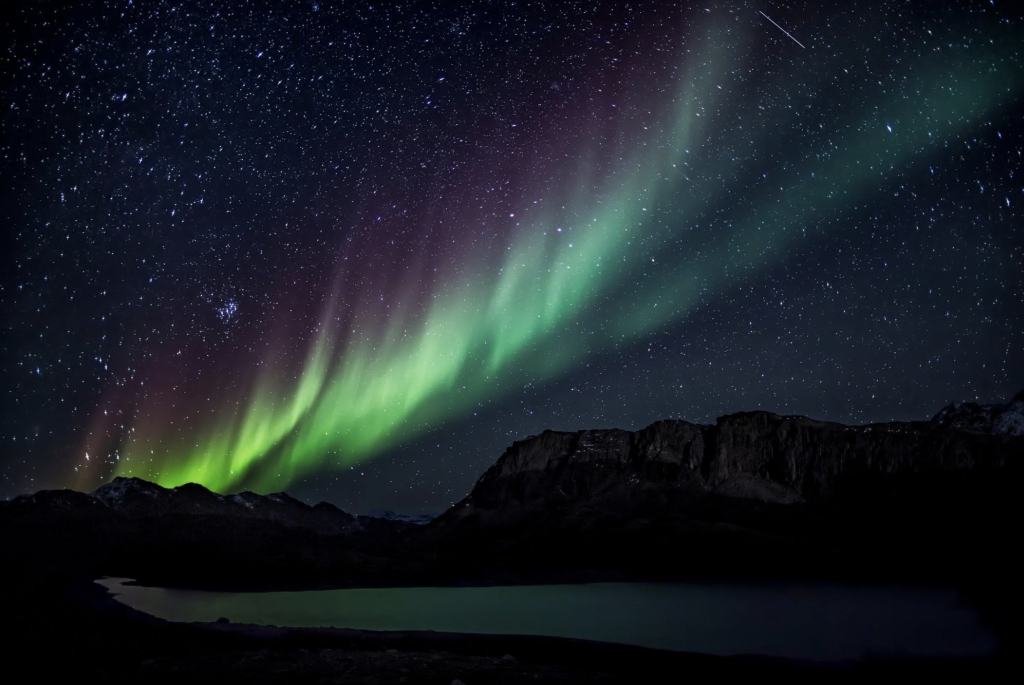Hawai‘i Resident Invited to Aurora Hunters Mission in Europe
Waikoloa resident Michael Phillips is one of thirty people in the world selected to go on an Aurora Hunters mission by the European Space Agency (ESA) and Norwegian Space Centre in Tromsø, Norway. The mission, designed to better understand how solar flares impact the Earth, will bring Phillips north of the Arctic Circle by boat during the first week of March. In addition to meeting with top European scientists on the topic of space weather, Phillips will explore the nighttime sky in search of Aurora Borealis, known as the “Northern Lights.”
ESA’s Rosa Jesse explained the importance of the endeavor. “It’s hard to over-exaggerate just how reliant societies have become on satellite technologies, and all of these are vulnerable to solar storms – events that although fortunately rare, will continue to happen,” Jesse said. “We would really like to raise awareness about how our star, without which there would be no life, is also a risk to space technology, as well as an extreme radiation hazard to future explorers to the Moon and Mars.”
Phillips was invited to join the mission due to the reach of the brand he works with: Weatherboy. Phillips leads a team of meteorologists which report on weather and environmental news stories around the world for weatherboy.com, various social media sites such as Facebook, Twitter, and Instagram, and for their company’s media and private industry partners.
While Phillips typically focuses on Earth-based weather, space weather is becoming an increasingly asked-about topic.
“Space weather, which includes solar flares, coronal mass ejections, sunspots, and solar wind, can have huge impacts on Earth and to the technology we rely on above that orbits Earth,” Phillips said. “From electrical grids to microchips, from communication satellites to cell phones, a significant space weather event could be extremely disruptive, if not destructive, to the modern technology we rely on here.”
Space weather also helps produce a relatively harmless natural phenomena: the Aurora Borealis. During solar storms, the Sun can send streams of energized particles out in all directions. When these energized particles interact with the outer reaches of the Earth’s atmosphere, the Aurora Borealis (the Northern Lights) and the Aurora Australis (the Southern Lights) can result. Depending on the amount of energy and the types of elements being interacted with in the atmosphere, the aurora appears as dancing ribbons or curtains of purple and/or green light high in the sky.
On Sept. 1 and 2, 1859, one of the most potent solar storms to ever impact the Earth occurred, Known as the “Carrington Event”, the solar storm was so intense that it triggered the Northern Lights in the skies over Hawai‘i. If such a storm struck today, most of the modern technology people rely on, from electrical grids to computers, would be damaged or destroyed. Events such as the Aurora Hunters Mission bring awareness to this concern while also showcasing technology used to detect and forecast such hazards.
Phillips isn’t a stranger to the European Space Agency. Last spring, ESA invited him to travel from Hawai‘i to ESA headquarters in Darmstadt, Germany to be one of 20 global guests to witness the launch of the latest Sentinel-3b Earth Observing Satellite. One of the older Sentinel satellites in the series helped Hawai‘i-based geologists track ground deformation during the 2018 Lower East Rift Zone eruption of Kīlauea.
For their work in sharing earth science and weather news stories around the world and around the country, the Weatherboy team was nominated and became a top-5 finalist for the 2019 National Weatherperson of the Year Award. The National Weatherperson of the Year Award is presented to a weatherperson with a record of proven commitment to protecting the public from severe weather through excellence in communication and service to the disaster safety and resilience movement.
While the 27 hour one-way journey from Kona to Tromsø sounds rough, Phillips doesn’t mind. “Over the last two years, I’ve flown more than 350,000 miles. It’s a treat to see the weather come to life around the world and I’m looking forward to seeing the Northern Lights with my own eyes.”
Other meteorologists from the Weatherboy team also travel extensively to cover major weather events across the country. From witnessing Punxsutawney Phil popping out of his hole in Pennsylvania on Groundhog’s Day to covering landfalling hurricanes in the Sunshine State from Florida’s coast, the team travels regularly to keep people informed and safe throughout the year.
Phillips is a member of the American Meteorological Society, the National Weather Association and the Big Island Press Club.


















